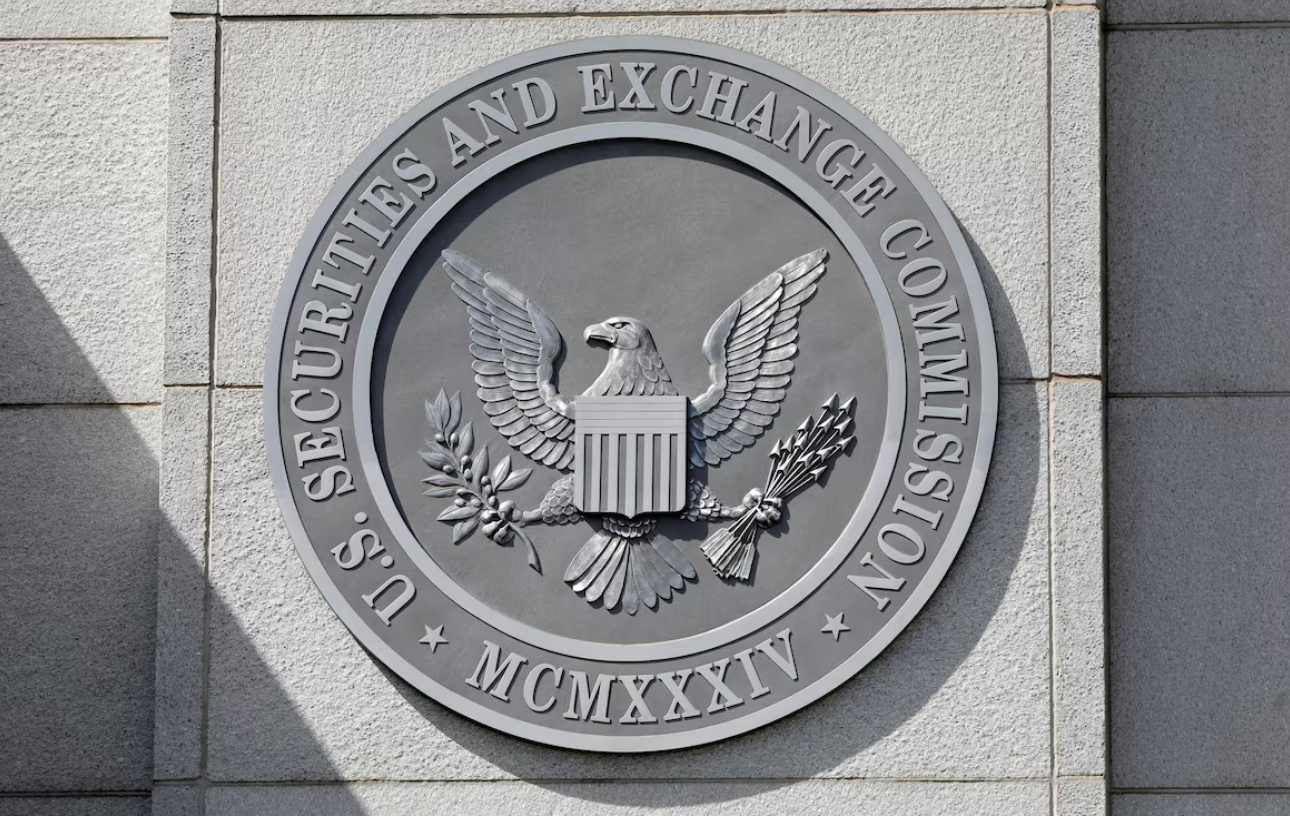
Omer Frenkel
Decision Intelligence, Cognyte
An estimated 2 to 5% of global GDP, or roughly €715 billion to 1.87 trillion, is laundered each year, according to the United Nations Office on Drugs and Crime (UNODC). Money laundering is growing in scope and scale worldwide, as bad actors use increasingly complex tactics to carry out illicit financial schemes.
New technologies and techniques allow criminal organizations and terror groups to keep ahead of financial intelligence units (FIUs) and other government authorities responsible for combatting money laundering.
Unfortunately, authorities often rely on outdated tools which are optimized for anti-money laundering (AML) compliance, rather than investigating money laundering and terror financing. There’s an opportunity to be more proactive here and keep pace with the growth of international controller networks (ICNs) that pose an evolving threat. Decision intelligence solutions can help transform and accelerate the work of AML investigators in this area.
The Growing Scale of Money Laundering and Terrorist Funding
Despite intensive efforts by FIUs and law enforcement agencies (LEAs), these organizations succeed in stopping only an extremely small share of money laundering and terrorist funding activities. In the Netherlands, for example, the national FIU, police and prosecutor’s offices are flooded by a million suspected money laundering cases every year, far exceeding their capacity to investigate and prosecute perpetrators. In 2021, the Dutch FIU was notified of €15.4 billion worth of possible money laundering transactions. Of this enormous amount, the FIU was able to seize only €386 million, constituting a mere 2.5% share of the money suspected of being laundered.
Authorities face numerous challenges in fighting money laundering, including difficulties in achieving effective cross-border cooperation between government authorities, as well as constantly evolving tactics being used by money launderers and terrorist funding networks. As bad actors continue to evolve and adopt methods leveraging ICNs, many FIUs are struggling to keep up.
ICNs continue to play a major role in money laundering activity. Cryptocurrency networks and unregulated exchanges are among the prominent and growing threats. It’s estimated that over $8.6 billion in illicit funds were laundered through cryptocurrencies in 2022, highlighting the growing use of this avenue for criminal activity.
Likewise, trade-based money laundering (TBML) networks are a prominent force in ICNs, exploiting discrepancies in trade invoicing to disguise illicit funds. They may overvalue or undervalue imports/exports, creating fictitious profits or losses to launder money. TBML is particularly concerning due to its high volume and integration with legitimate trade, making detection challenging. According to the UN Office on Drugs and Crime (UNODC), TBML accounts for an estimated 10-15% of all laundered funds globally. Hawala and hundi networks are perhaps the original ICNs – their use dates back centuries.
These informal value transfer systems operate outside traditional financial channels, relying on trust networks and couriers to move funds globally. While often used for legitimate purposes, their lack of transparency and regulation makes them susceptible to abuse for money laundering. The Financial Action Task Force (FATF) estimates that hawala/hundi networks handle trillions of dollars annually, with a significant portion potentially linked to illicit activities.
Top Challenges in AML and CFT Investigations
The main data-related challenges in AML investigation processes are the complexity of extracting insights from massive amounts of siloed data, insufficient time to investigate leads, and a high false positive rate for suspicious transactions. To successfully resolve investigations, FIUs must overcome these challenges and streamline decisions about which Suspicious Transaction Reports (STRs) and Suspicious Activity Reports (SARs) to focus on, which individuals and companies require extra scrutiny, and how to allocate investigation resources.
The traditional compliance-focused approach to AML and terror financing is insufficient for combatting ICNs. The FIUs responsible for uncovering money laundering networks are swamped with an overwhelming amount of compliance information from financial institutions.
For example, the Canadian FIU FINTRAC receives almost 180,000 STRs, over 10 million large cash transaction reports and over 14 million electronic funds transfer reports per year. These compliance reports are generated using traditional, rule-based tools which generate a shockingly high 90-95% rate of false positive suspicious transaction alerts, according to recent research. This vast amount of (often inaccurate) data makes it extremely difficult for FIUs to sort through the noise and decide where to focus their resources and attention.
Shining a Light on Shadows: Decision Intelligence Platforms vs. ICNs and Money Laundering
ICNs pose a significant threat to global security and financial stability, often leveraging criminal organizations to orchestrate cross-border illicit activities ranging from drug trafficking to human smuggling. Money laundering is a major component, one that erodes trust in financial systems. However, a new wave of technology, decision intelligence, is emerging with the potential to disrupt ICNs and safeguard financial integrity.
Decision intelligence platforms leverage advanced analytics and machine learning to analyze massive datasets from various sources, including financial transactions, STRs/SARs, travel records, and social media interactions.
This allows FIUs to identify subtle patterns and connections that might indicate ICN activity. For instance, a decision intelligence platform could apply machine-learning algorithm to automatically surface profiles related to TBML to extracting features from financial transactions, social media activity, border control data and Customs records and provide the investigator with a prioritized list of suspects (Risk score) that might be involved with money laundering through trading routes.
Furthermore, decision intelligence platforms can move beyond reactive detection to predict future ICN movements and activities.
By analyzing historical data and current trends, these platforms can anticipate smuggling routes, money laundering schemes, and/or recruitment tactics used by ICNs. Decision intelligence platforms could alert authorities about potential operations before they unfold, allowing for
targeted resource deployment and disruption of criminal networks. Additionally, they can identify individuals vulnerable to ICN recruitment, enabling targeted interventions and preventative measures.
By harnessing the power of decision intelligence platforms responsibly, we can illuminate the hidden networks of ICNs, disrupt their operations, and safeguard the integrity of financial systems.
This requires a collaborative effort between technology developers, FIUs, LEAs, and regulatory bodies, but the potential rewards in countering ICNs and curbing money laundering are significant. Just as light dispels darkness, decision intelligence platforms offer a powerful tool to shine a light on these shadowy networks and bring them to justice.
Share this on:
Follow us on:











